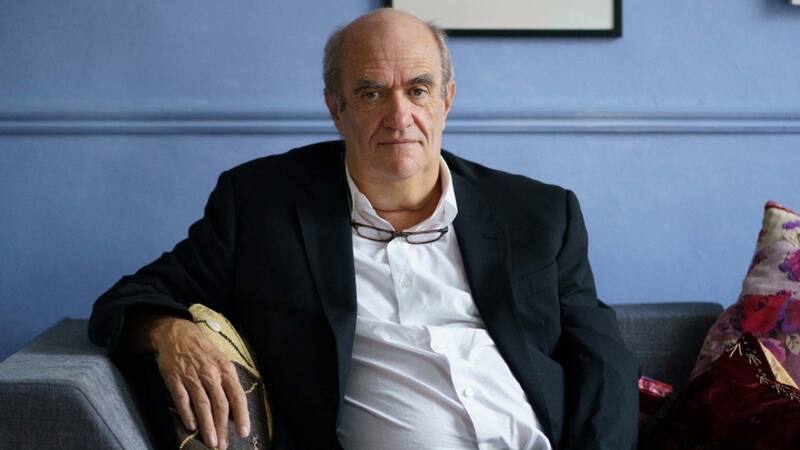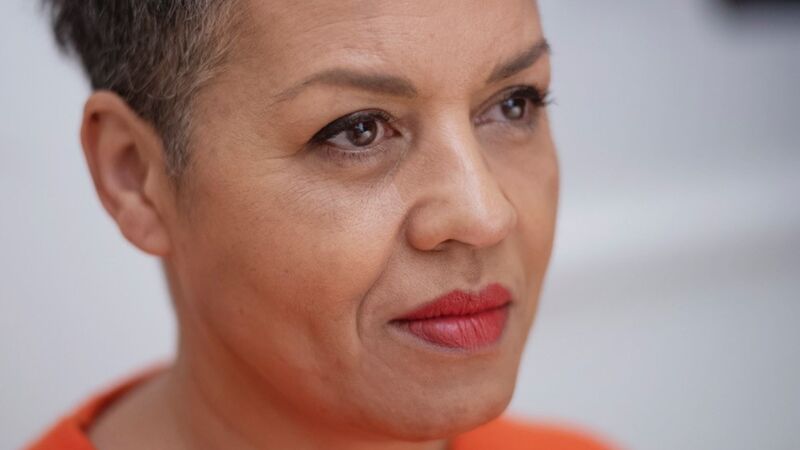You are viewing your 1 free article this month. Login to read more articles.
Creative PEC report argues investing in smaller 'creative clusters’ key to growing UK economy
A new report published by the Creative Industries Policy and Evidence Centre (Creative PEC) argues that “microclusters” of creative activity, where 50 or more creative businesses or organisations work in proximity in a street, neighbourhood or town, are fuelling growth in the larger creative clusters across the country.
The authors of the report believe this provides a good argument for policy intervention at the hyperlocal level to help grow the UK’s creative industries. It follows on from the launch of the Northern Creative Corridor Charter, signed by the mayors in Liverpool, Greater Manchester, West Yorkshire, South Yorkshire and the North of Tyne last month, as well as major creative organisations including the BBC, ITV and Channel 4.
The new report suggests policymakers should consider the role they can play in supporting pan-regional networks and using creative research and development (R&D) investment to promote knowledge exchange, develop networks and stimulate new supply chains.
“Geographies of Creativity” was launched at an online event on Wednesday 6th December, the first report in the Creative PEC’s "State of the Nations" series.
It showed that nearly 70% of all the UK’s creative industries’ gross value added (GVA) is concentrated in London and the South-East. This constitutes a “supercluster” with considerable benefits for the UK economy; attracting talent, investment, infrastructure, supporting knowledge exchange and fuelling economic growth. The challenge is to create other “superclusters” across the UK, especially considering that the UK’s 709 creative microclusters grew more rapidly than areas outside. From 2019-2022, the report also identified 77% of net job creation in creative industries took place in microclusters.
Dr Josh Siepel, Creative PEC research consortium partner for R&D, innovation and clusters and senior lecturer, University of Sussex Business School, said: “Clusters and microclusters of creative activity exist across the whole country, not just in the large urban centres. Therefore, they could play a unique role in reducing the UK’s regional inequality. Our new data analysis shows that microclusters are fuelling growth in the larger creative clusters. This provides a good argument for policy intervention at the hyperlocal level to bolster activity already taking place and support the development of new clusters.
“Our deep-dive analysis of creative industries business activity in several places in the north of England shows similar characteristics to those in London, hence we can be reasonably confident that policy intervention at this level would support wider regional development.”
Hasan Bakhshi, professor of Economics of the Creative Industries, Newcastle University and director, Creative PEC said: “An enduring feature of the UK’s creative economy is its heavy concentration in London and the South-East of England. However, previous research has pointed to pockets of microclusters and larger clusters of creative industries activity right across the UK’s nations and regions. This raises the question as to whether neighbouring creative microclusters and clusters can join up in ’creative corridors’ to compete, like London and the South-East, at the global level.
“With regional devolution, new mayoral authorities and the creative sector identified as a key growth industry across the political spectrum, this report lands at the perfect time to support creatives and creative businesses across the whole country.”



















